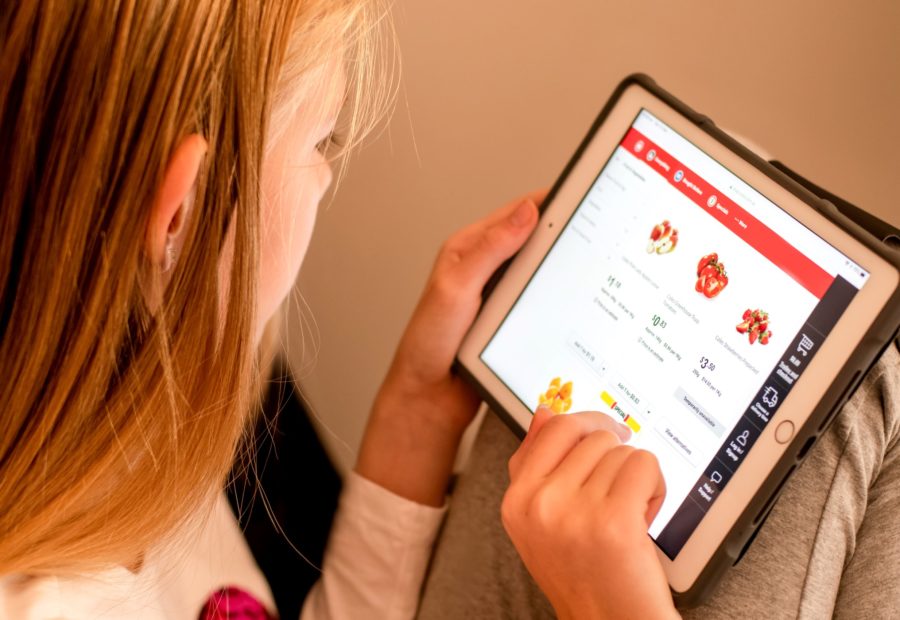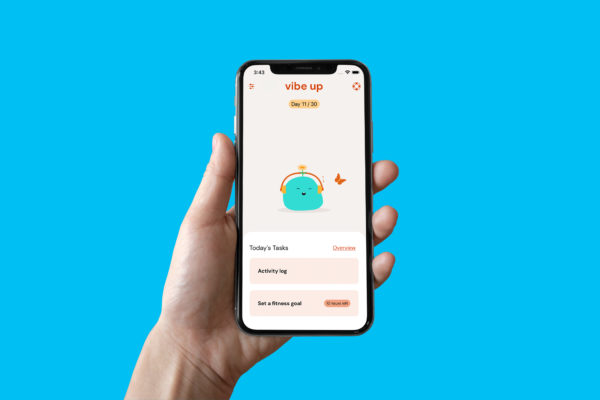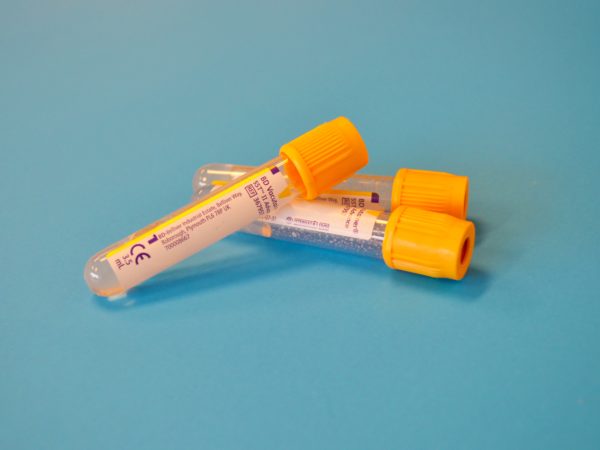The impact of online grocery procurement on our waistlines and health is unclear, but there are signs for optimism, write Rebecca Bennett and Associate Professor Kathryn Backholer.
The global pandemic caused by the COVID-19 coronavirus has changed the face of daily life for much of the world’s population. While shopping for groceries is deemed “essential” for the purposes of most lockdown laws, many consumers are opting to have their groceries delivered in order to reduce potential exposure to the virus.
But what are the health implications of online food procurement, and what role does online food delivery play in a post-COVID world?
The good news
During the beginning of the pandemic, online traffic for Coles and Woolworths was up 189% in March 2020 (Murphy 2020), and Neilson Homescan reported an increase in Australian online grocery sales of 45% (Neilson Homescan 2020).
Online procurement of individual items also grew, with demand for pasta (+76%), eggs (+72%), and canned meals (+71%) increasing through March (Neilson Homescan 2020). In the month of June 2021, as Melbourne and Sydney returned to lockdown, online food sales rose by 10.8% (Australian Bureau of Statistics 2021).
Online sales of food made up over 5% of total industry sales, compared to 3.4% in February 2020 (Australian Bureau of Statistics 2021).
The impact of online grocery procurement on our waistlines and health is unclear, but there are signs for optimism.
Supermarkets are cleverly designed to lure us to purchase more (Cohen et al. 2015). And most of the time, the additional items in our trolley are found at the end of the aisle, at supermarket checkouts or sitting above a bright sign that reads analogous to “20% off!” – marketing techniques that are more likely to be associated with unhealthy foods and drinks (Riesenberg et al. 2019; Bennett et al. 2020).
Shopping online removes the in-store marketing that encourages excess unhealthy food purchases. And having a running tally of how much they’re spending may also allow shoppers to stick more closely to their budget, by allowing them to move items in and out of their online cart.
Once they are familiar with the process, consumers also save time, which potentially allows for more time preparing food at home (Ryan 2019).
More time spent at home is also increasing the demand for delivered meal kits such as Hello Fresh and Marley Spoon, with 60% increases in sales reported in 2020 (Verrender 2020). These meal kit services are touted as a healthy alternative to takeaway, encouraging customers to prepare meals themselves at home.
A recent Australian study found that meals made using recipes from these meal kits provided adequate servings of all major food groups, including vegetables, and contained less sodium than equivalent “ready meals” purchased from supermarkets (Gibson and Partridge 2019).
The bad news
Online food delivery platforms like Uber Eats, Menu Log and Deliveroo are also experiencing increasing demand during COVID. In March last year, online mentions of “Uber Eats” on social media platforms were up 770% in Australia (Murphy 2020).
Similarly, Australian food delivery start-up HungryHungry saw deliveries increase from 10,000 to 50,000 per week in the wake of coronavirus lockdowns and restrictions during the first wave of infections (Waters 2020). In 2021, online food delivery app sales are expected to grow by 12.8% (Nestle Professional 2021).
However, we know that takeaway and ready to eat foods are higher in calories than foods prepared at home and contain higher levels of fats and sodium (Burns et al. 2002). Regularly eating these unhealthy foods can lead to weight gain and an increased risk of developing heart disease, type two diabetes, and some cancers (World Health Organization 2020).
The future
The interruption to daily life during the COVID-19 pandemic has changed behaviours of consumers across the world, particularly when it comes to how they purchase their food. Time will tell if the demand for grocery delivery and takeaway will remain high in a post-COVID world.
Given the known link between excess weight and COVID complications, it seems more important than ever to buck the brick-and-mortar food retail trends and ensure our digital food environments promote health over profits.
Rebecca Bennett is a PhD candidate with the Institute’s Global Obesity Centre (GLOBE). Associate Professor Kathryn Backholer is a National Heart Foundation Future Leader Fellow and Associate Director of GLOBE.
This article was originally published through the Institute for Health Transformation.
References:
Australian Bureau of Statistics. 2021. ‘Online sales, June 2021 – Supplementary COVID-19 analysis’. https://www.abs.gov.au/articles/online-sales-june-2021-supplementary-covid-19-analysis.
Bennett, Rebecca, Christina Zorbas, Oliver Huse, Anna Peeters, Adrian J. Cameron, Gary Sacks, and Kathryn Backholer. 2020. ‘Prevalence of healthy and unhealthy food and beverage price promotions and their potential influence on shopper purchasing behaviour: A systematic review of the literature’, 21: e12948.
Burns, Cate, Michelle Jackson, Carl Gibbons, and Rachel M. Stoney. 2002. ‘Foods prepared outside the home: association with selected nutrients and body mass index in adult Australians’, Public Health Nutrition, 5: 441-48.
Cohen, Deborah A., Rebecca Collins, Gerald Hunter, Bonnie Ghosh-Dastidar, and Tamara Dubowitz. 2015. ‘Store Impulse Marketing Strategies and Body Mass Index’, 105: 1446-52.
Gibson, A. A., and S. R. Partridge. 2019. ‘Nutritional qualities of commercial meal kit subscription services in Australia’, Nutrients, 11.
Murphy, Paige. 2020. ‘Australia’s changing online behaviour during the coronavirus’, AdNews. https://www.adnews.com.au/news/australia-s-changing-online-behaviour-during-the-coronavirus.
Neilson Homescan. 2020. ‘Australian online sales soar with coronavirus pantry stocking’. https://www.nielsen.com/au/en/insights/article/2020/australian-online-sales-soar-with-coronavirus-pantry-stocking/.
Nestle Professional. 2021. ‘The State of Food Delivery Platforms in Australia 2021’. https://www.nestleprofessional.com.au/training/state-food-delivery-platforms-australia-2021.
Riesenberg, Devorah, Kathryn Backholer, Christina Zorbas, Gary Sacks, Anna Paix, Josephine Marshall, Miranda R. Blake, Rebecca Bennett, Anna Peeters, and Adrian J. Cameron. 2019. ‘Price Promotions by Food Category and Product Healthiness in an Australian Supermarket Chain, 2017–2018’, 109: 1434-39.
Ryan, Tom. 2019. ‘Is e-grocery less convenient than shopping in stores?’, Retail Wire.
Verrender, Ian. 2020. ‘Australia unlikely to experience ‘post-war’ recovery after coronavirus’, ABC Australia.
Waters, Cara. 2020. ‘Restaurants go it alone despite Deliveroo and Uber Eats fee reductions’, The Sydney Morning Herald.
World Health Organization. 2020. ‘Unhealthy Diet ‘. https://www.who.int/gho/ncd/risk_factors/unhealthy_diet_text/en/.



